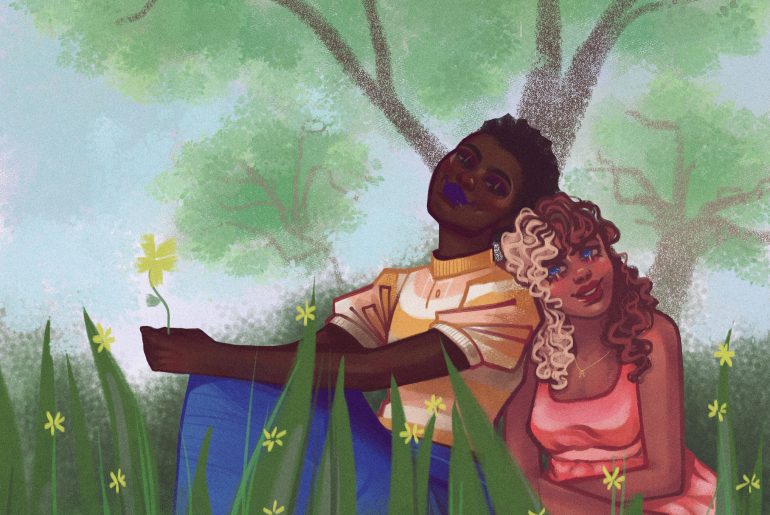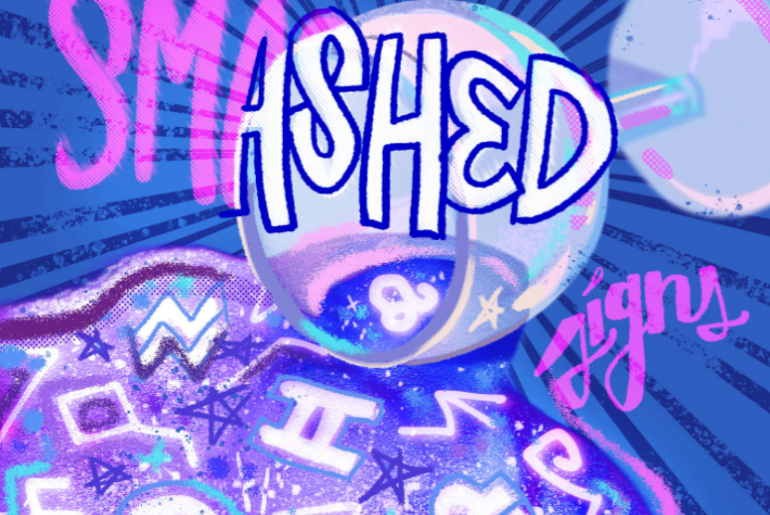Photography by: Cheyenne Tex, Asri Alhamdaputri
Article by: Lindsey Chung, Asri Alhamdaputri
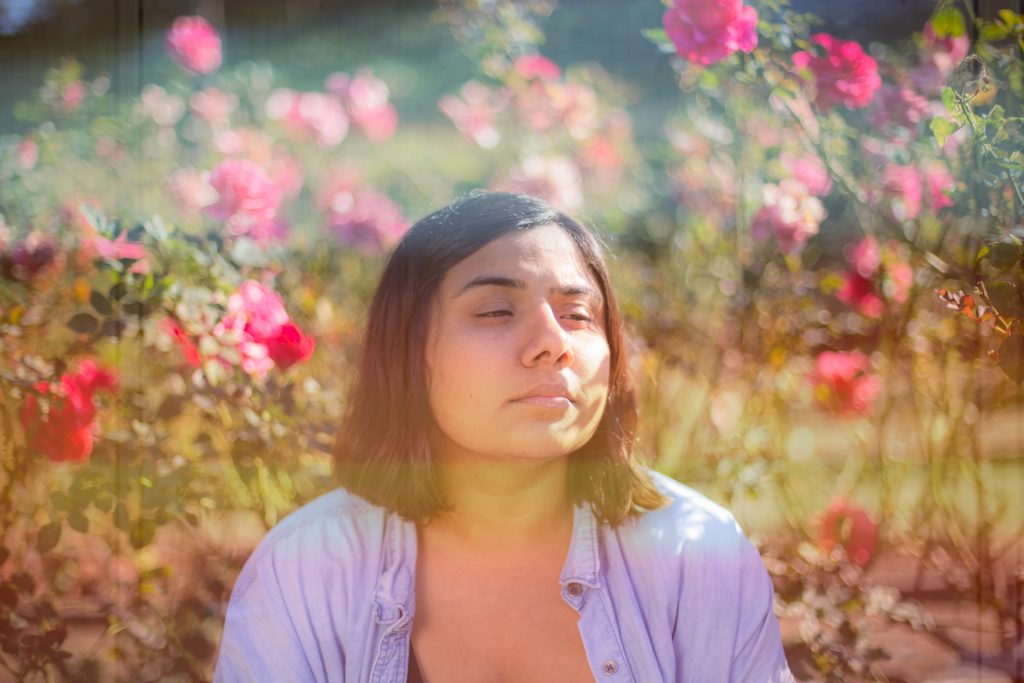
Alluvia Magazine is an up and coming publication and creative collective that centers environmental artists of color. Founded by Zahira Chaudry and Isaias Hernandez this past year, Alluvia has written on topics ranging from how instagrammers are ruining public lands to why environmental artists of color should be paid for making their art. GIA MAG sat down for an intimate photoshoot and interview with co-founder Zahira Chaudry to discuss the intersection of art and environmental justice, white supremacy in environmental movements, and why environmentalism is a queer movement.
Quotations have been edited minimally for readability.
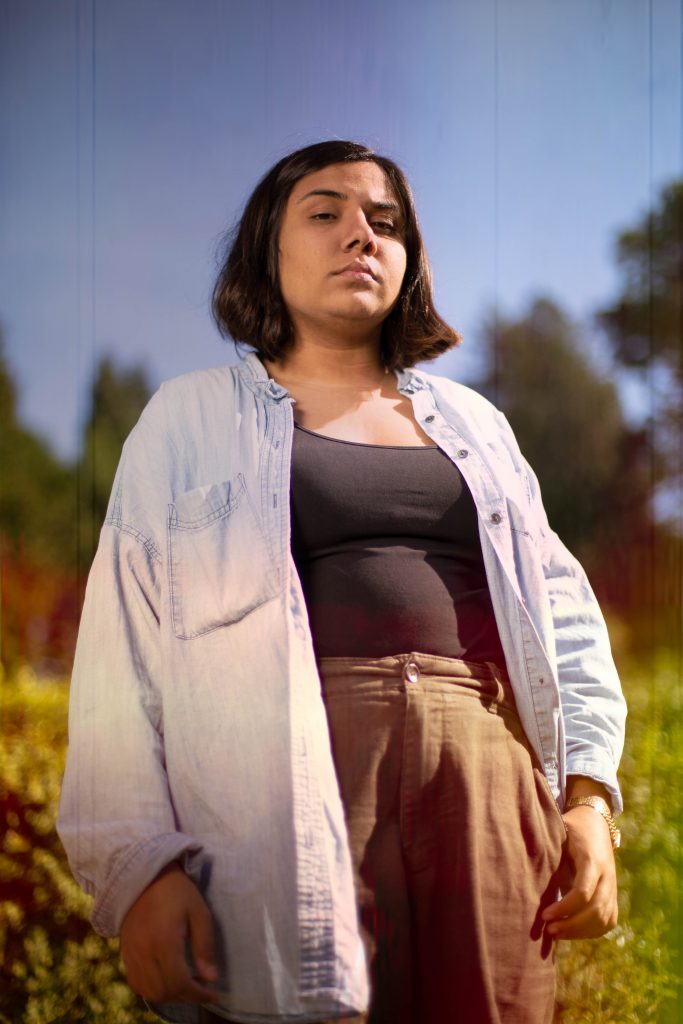
GIA MAG: tell us a little bit about yourself!
Zahira: I recently graduated from UC Berkeley. I did a lot of environmental stuff on campus, and I’m still doing that now. That’s why I started Alluvia Magazine last year with my Co-Founder Isaias Hernandez. Alluvia is a publication that uplifts the narratives of environmental artists of color, especially queer folks of color who are working in the environmental movement. We felt like both art spaces and environmental spaces can be very cis, very straight, and very white, and we wanted to disrupt that narrative and show the important work of people who are working in the margins of both the mainstream art and environmentalism communities.
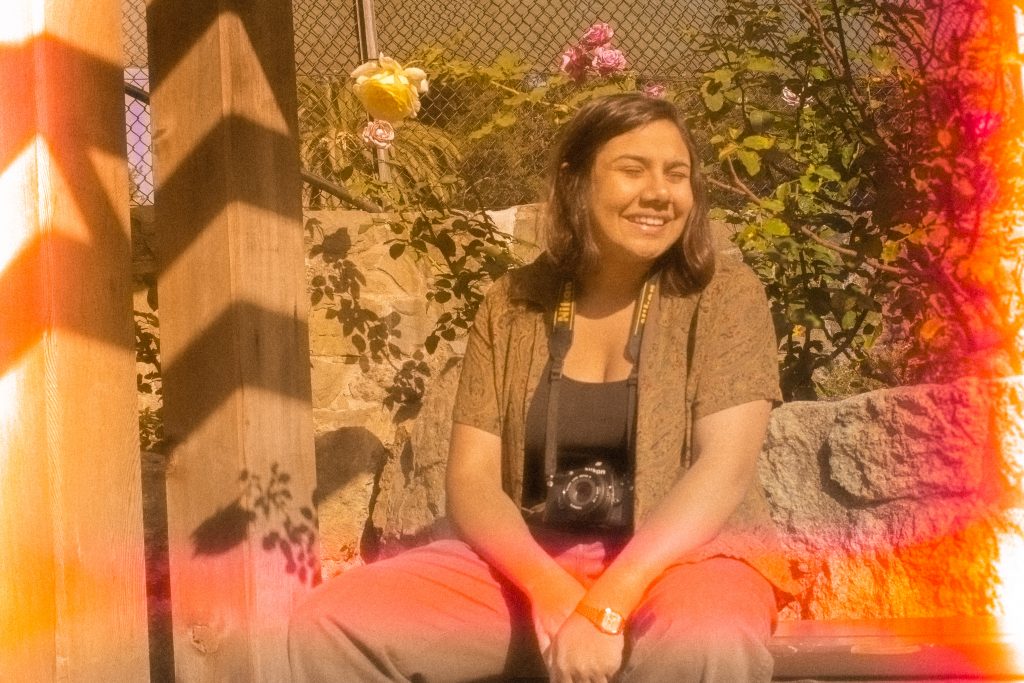
Zahira: I think both me and my co-founder were in environmental spaces in Berkeley that were really white, and then we found a POC environmental space in the Students of Color Environmental Collective. We really liked that space, but we also worked for an art publication on campus that was still pretty white dominated. We wanted to basically bring those two things that we love together. We were both majoring in environmental science but we also do a lot of photography, modeling, marketing, and graphic design. We wanted to bring all of our interests together and bring in the people that get left out of conversations both in the environmental world and the art world.

GIA MAG: What is it like for you as a person of color to be in white dominated environmental and art spaces? How do you think those spaces can be more inclusive?
Zahira: A lot of environmental movements right now, things like climate action work, and the whole Greta Thunberg thing… I’m glad its getting publicity, but indigenous people have been fighting for these issues since colonization began. These are not new issues, just issues that white people have suddenly decided are important for them. If you look at the history of resistance, people of color have been fighting for their lands and resources since forever. With climate change accelerating right now, the first people to lose their land and have their land be completely underwater are people of color, like Bangladesh in South Asia and the Black community in Miami. We see this with resources as well: the deforestation of indigenous land, DAPL and water pollution on indigenous land, the water crisis in Flint, Michigan which is a predominantly Black city. So now white folks have decided it’s important to care about the environment, but people of color have been defending their homelands and resources since colonization.

GIA MAG: Do you think that environmental justice is a queer movement? If so, how can we make that more prominent?
Zahira: Yeah, I think with climate change accelerating, the most marginalized will be impacted first and most harshly, and they already are in different communities all around the world. Within those communities, queer folks will be impacted the most because of marginalization in their own community. It’s really important to build a movement with queer and trans and other subgroups within communities impacted by environmental justice because when climate change happens, these folks already live at the margins. Climate change squeezes these margins and makes it harder to exist. So it’s really important that we organize around queer and trans identities but also any other identities not in the mainstream of what climate activism looks like.
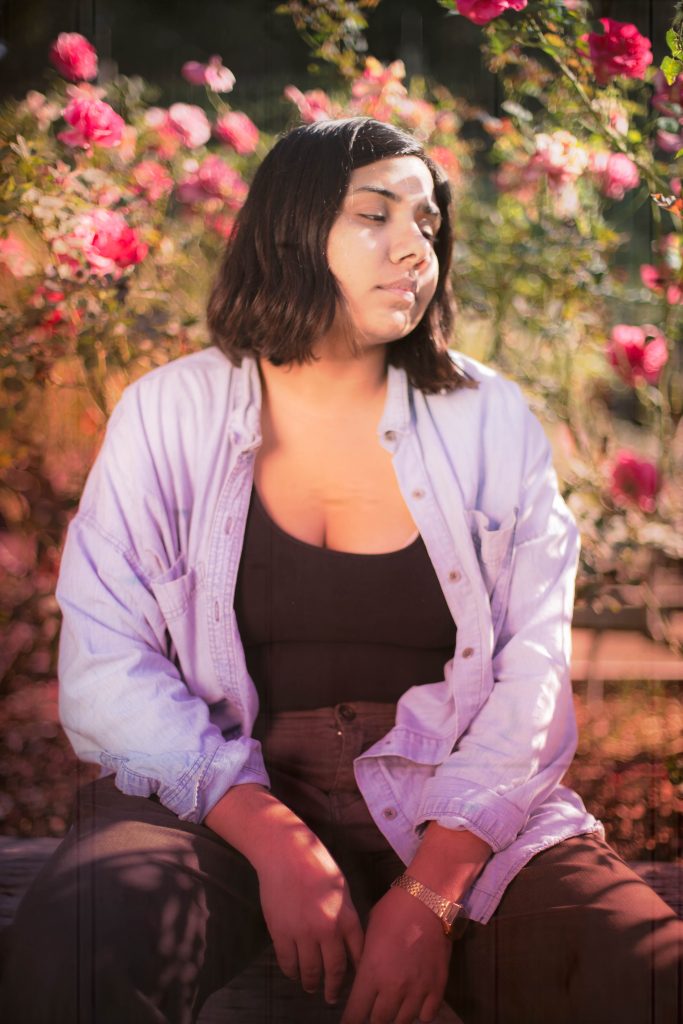
GIA MAG: What role does Art plays in environmentalism?
Zahira: When I created Alluvia as a curator and a story teller, it was really important to uplift people’s stories through the art that they’re doing. I think art is a really good way to communicate climate justice and environmental justice because people respond to art. It’s not just someone on the news saying facts and figures about climate change, and you change the channel and go about your day. A piece of art can really stick with you and make you feel a certain way that the whole science side of climate change really can’t achieve.

GIA MAG: Could you tell us more about the work that Alluvia does?
Zahira: We launched our first issue in July, and it’s a 20 page issue highlighting 8 environmental artists of color. We have painters, mixed media artists, ceramicists, social media people, illustrators– people using a variety of mediums to talk about climate change, where they come from, their ancestors, and their connection to the earth and the land. For each artists we did a long form interview, a photo shoot, and included pictures of their work to put together a magazine spread. I want people to look at our publication and say “hey this is what an environmentalist can look like.” You don’t have to be in a lab running samples, which you can do, but that’s not the only way for you to be involved in climate change and environmental work. You don’t have to look like Greta and all these white environmentalists. It’s to show people that all these people are fighting for climate justice with their various identities in different ways through art.
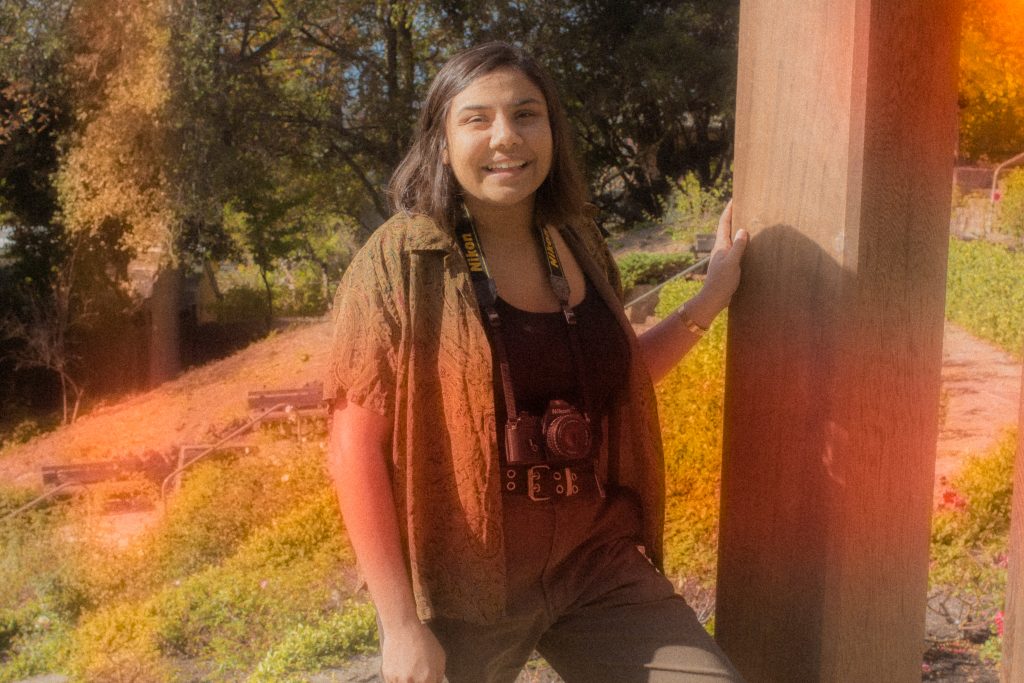
GIA MAG: Could you tell us more about your travels with Alluvia?
Zahira: Since our issue came out in July, we’ve been doing different art shows both in the Bay Area and New York. We did a reading at Wolfman Books at Oakland, we participated in “Not Your Baby,” an all femme, POC art show in West Oakland that happened about two months ago. We also tabled at the Bioneers Conference, which is this giant environmental conference that costs $450 to attend. It’s very inaccessible, but they gave us free tickets, so we were able to table there. Recently I got invited to New York, where my co-founder now lives, and we did a conference about women of color involved in the environmental movement, and that was a very cool experience.
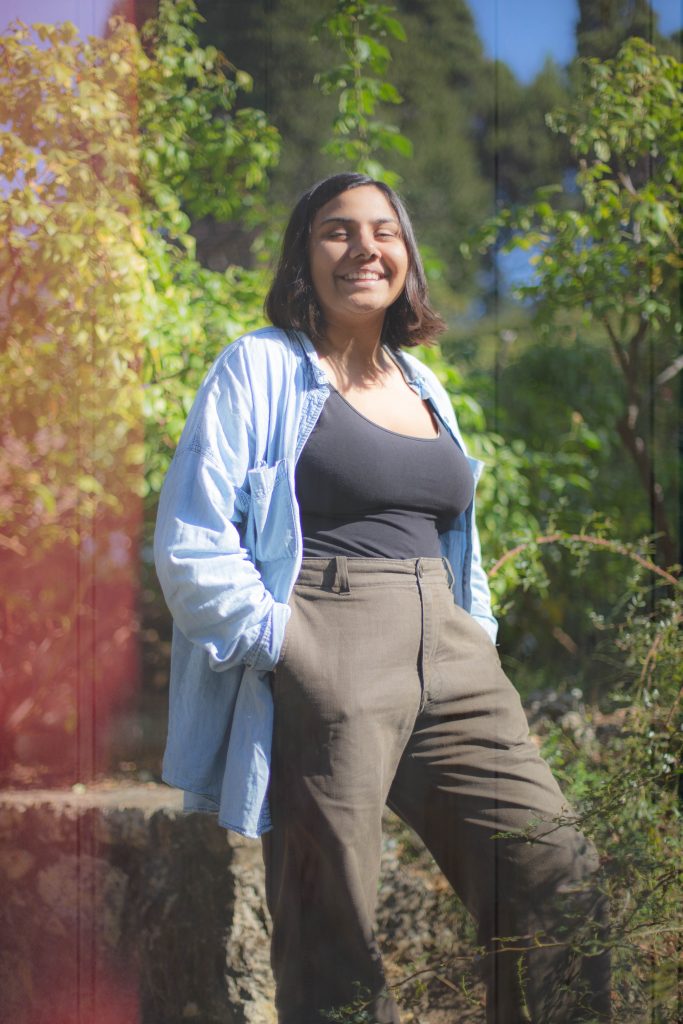
GIA MAG: What’s the inspiration behind the name, Alluvia?
Zahira: In my geography class I learned that an alluvial fan is basically a river flowing down a mountain that separates into all these different tributaries. And a pebble that’s flowing down that river and through one of those tributaries is called an alluvia. We liked how the name sounded, first of all, and we also liked that each of these artists is like an alluvia– on their own yet flowing together into this larger movement of POC environmental artists.
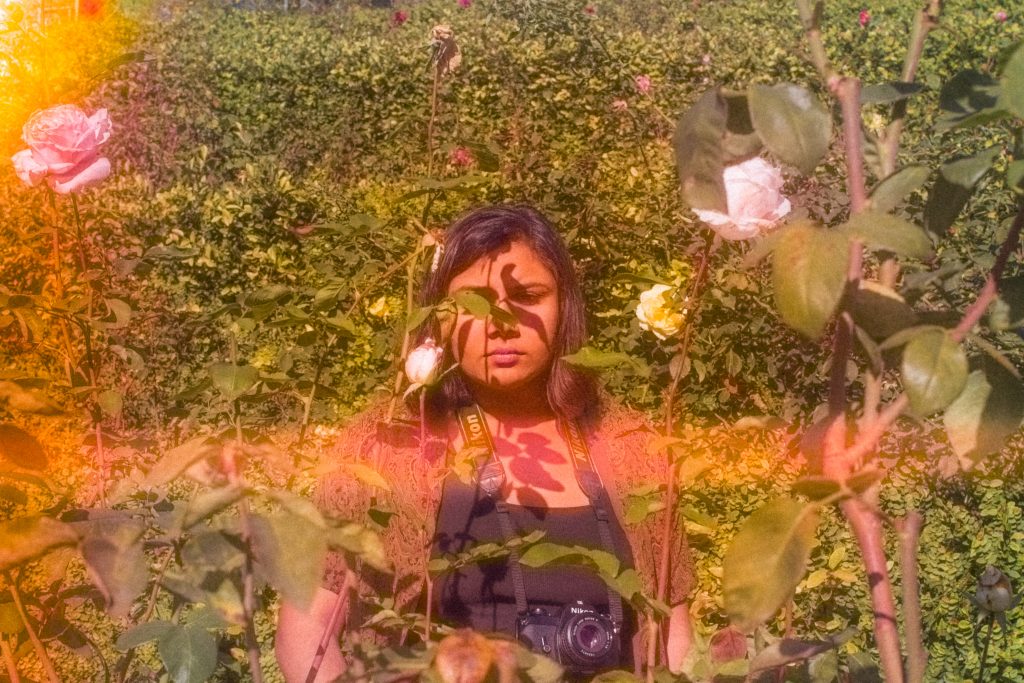
GIA MAG: Do you have anything else that you want our readers, especially the QTPOC community, to know?
Zahira: I think there’s definitely more than one way to be an environmentalist. Being POC or queer/trans or a member of any other marginalized community, we have to force our way into the environmental movement and make space for ourselves. One thing I really like doing with Alluvia, with our launch party and our other events, is creating space for folks who are interested in environmentalism but don’t look like the traditional environmentalist, don’t come from an upbringing that involved hiking and kayaking every weekend, to really come together and make that space for themselves.
For more from Alluvia Magazine visit https://alluviamag.com/
Follow Alluvia Magazine on instagram @alluviamag
For more from Zahira, follow her instagram @extravaganzahira
3rd, 5th, 8th, and 10th photo by Asri Alhamdaputri
1st, 2nd, 4th, 9th photo by Cheyenne Tex
7th photo courtesy of Alluvia Magazine

